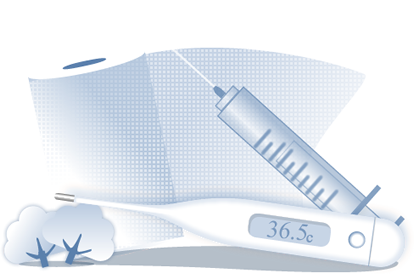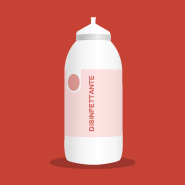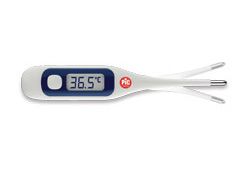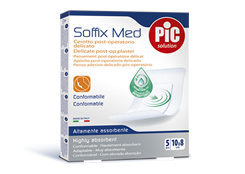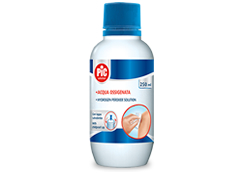
Is your wound about to be ambushed by infection?
Have you hurt yourself and you're worried it might be getting infected? To be absolutely sure, and to put your mind at ease, here are the signs to help you learn to recognize the main symptoms of infection. If none of these alarm bells are ringing, you'll be able to check and make sure yourself that your wound is healing as well as possible.
If the wound is inflamed, there's risk of infection
To know if there's a chance your wound is infected, always check to see if the affected area of skin is swollen or red. If you notice that the area around the skin is inflamed and the redness is spreading, an infection could be lurking right around the corner.
You'll know if it's infected, because it hurts
It's difficult for you not to notice if the wound is becoming infected. One of the most typical symptoms is intense and continuous pain that's often associated with the affected area feeling abnormally warm. Do you have one of these symptoms? If so, do the right thing and call the doctor.
A wound will ooze fluid if it's infected
Keep a close eye on your wound to see if it's oozing pus or a yellow fluid. It's easy to recognize, as it can also have an unpleasant smell. If you see pus or a cloudy fluid coming out of your wound, this is the key sign that there's an infection.
If the infection spreads, you'll see red streaks
Now you need to check the skin around the wound to see if there are any red streaks. You don't need a microscope as you'll be able to make out thin red lines radiating out from the wound. What do they mean? They're not a good sign, as they mean that the wound is infected, but that it's also spreading.
If the infection gets worse, your fever will start to go up
If your wound has become infected and is getting worse, it's likely that your fever will go up within a few hours. If you're uncertain, you'll need to take your temperature with a thermometer to check the state of your health.

